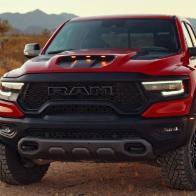Hyundai Genesis 2014
-
Contenuti simili
-
- 9 risposte
- 1289 visite
-
Hyundai IONIQ 9 2024 (Spy) 1 2 3
Pubblicato da Cole_90,
- hyundai ioniq 7 2024
- hyundai ioniq
- (e 6 altri in più)
- 25 risposte
- 6458 visite
-
- 14 risposte
- 2623 visite
-
-
-






.thumb.jpg.902d2a4f20a129e92b6f6920407b81bd.jpg)




















Messaggi Raccomandati:
Crea un account o accedi per lasciare un commento
Devi essere iscritto per commentare e visualizzare le sezioni protette!
Crea un account
Iscriviti nella nostra community. È facile!
Registra un nuovo accountAccedi
Sei già registrato? Accedi qui.
Accedi Ora